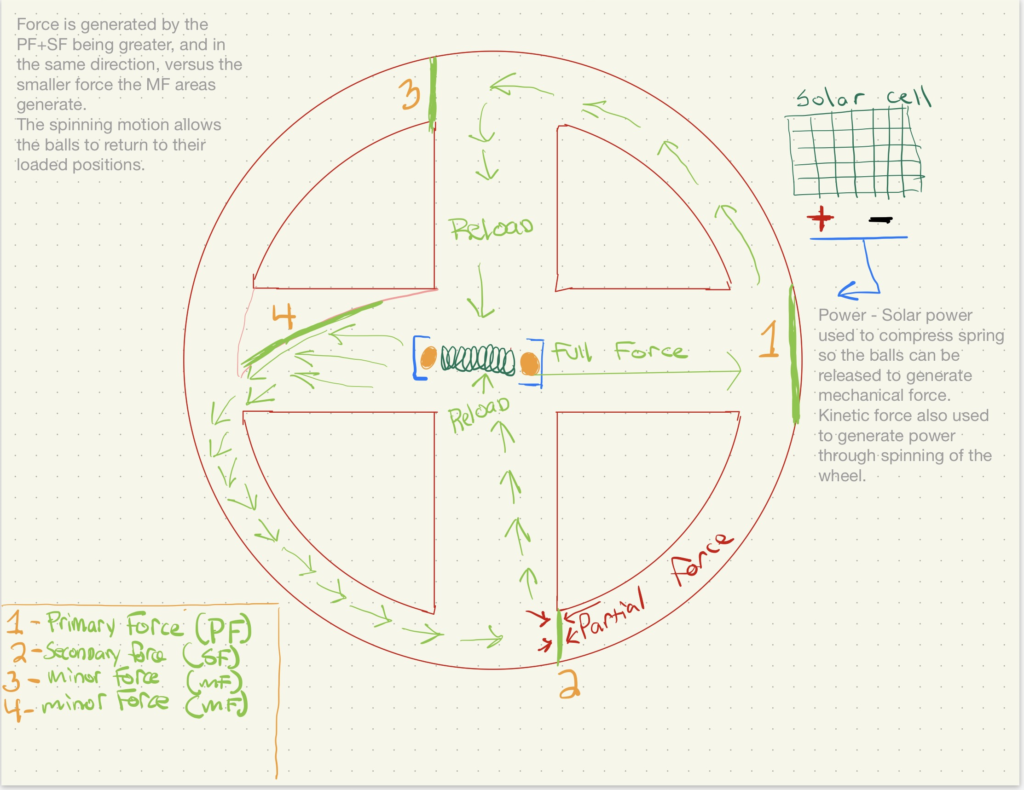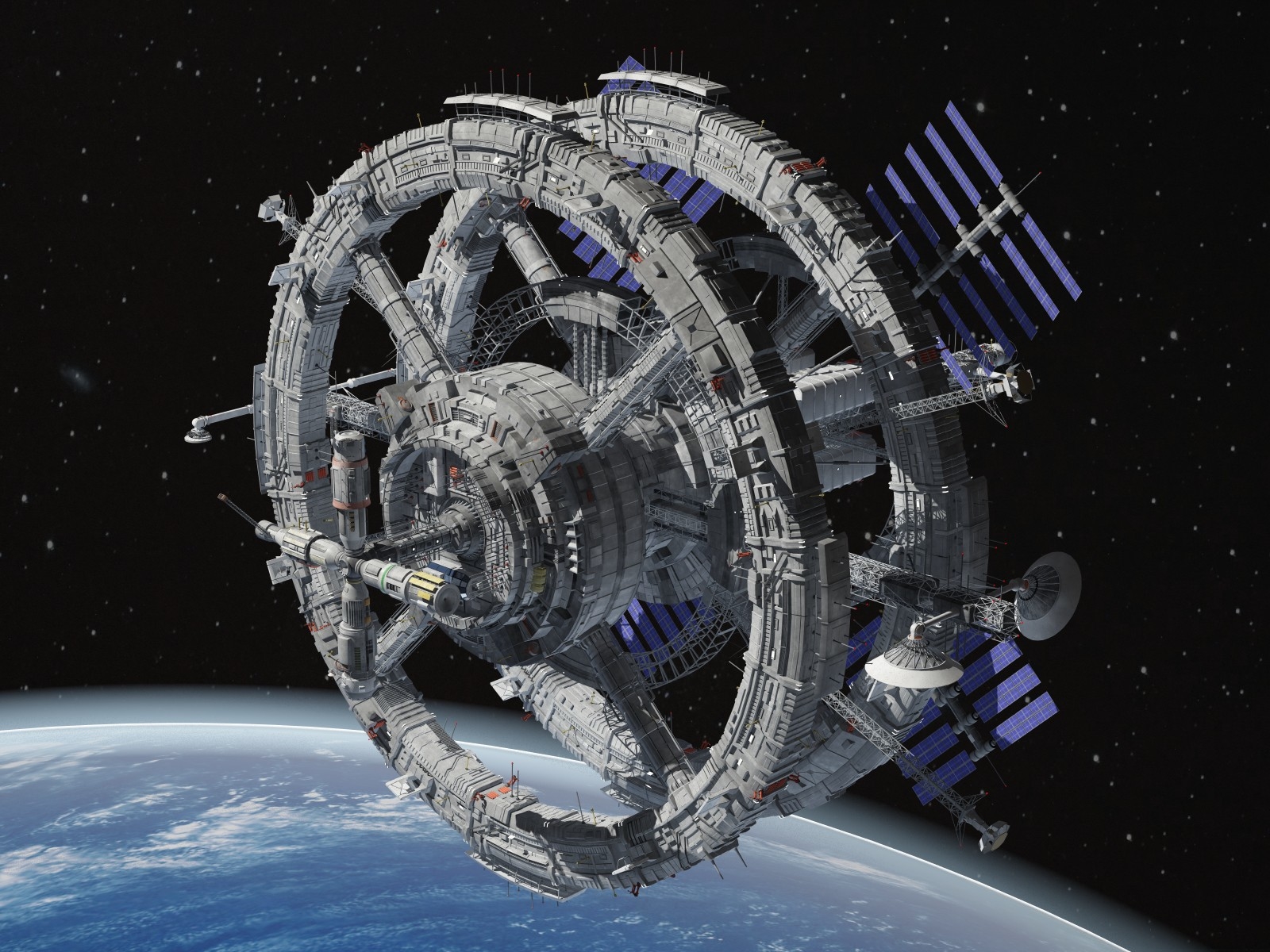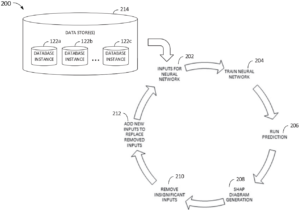Space propulsion presents a variety of problems, one major one being the difficulty of providing a means of fuel or force to propel with. The description of the problem I liked the best was a person in a space suit, in space, with a backpack full of baseballs. Each time they throw a baseball, a force is created, and that force is an equal opposite force, minus mass (so if one side of the equation is heavier, then it will be propelled less distance), so both objects will be propelled a certain distance. The person with the baseballs will start to travel further with each equal throw, but eventually, they will run out of baseballs, and as such, lose their ability to further propel their self. To complicate the problem, we don’t start out in space, we start out on the Earth’s surface where gravity requires us to use a large amount of fuel to get us into space. By the time you add up the amount of propulsion force needed to get into space and then to and from our destination, our craft becomes gigantic.
I decided to see what I could do with this problem taking the simplest approach possible. I decided on using the following components to my advantage…
1. Solar energy
2. Electromagnetic force
3. Motion
4. A circular design
5. A reusable method of propulsion
I’ve included some of my earlier notes during my initial days of research and development. The overall idea of the solution is much like a pinball machine that shoots 2 balls in opposite directions. The energy used to contract the balls launching mechanisms is powered through solar cells on the exterior of the device, and through kinetic energy produced by the motion of the structure. One ball collides with the wall of the structure immediately causing a reaction of force, where the other ball only dissipates part of its force on the first inner wall, with the rest of its force being redirected gradually through a mechanical ramp until it collides expelling force in the same direction the first pinball did. Then, the circular shape of the structure allows the ball to drop back into the center chamber to be reloaded and fired again. This is a super low tech solution, but offers much more force than the ion drive, currently being about the force of dropping a piece of paper. In addition, I’ve upgraded the design to use 2 wheels, each spinning in opposite direction, which will stabilize the unit in space and create artificial gravity. After coming up with this ‘discovery’, by testing 2 wheels with gyros in water spinning in opposite directions, I found this design from the 1950s, giving me more confidence that I picked the correct shapes for this…
“Orbiting 1,075 miles above the Earth, a 250 foot wide, inflated, reinforced nylon “wheel” was conceived in the early 1950s to function as a navigational aid, meteorological station, military platform, and way station for space exploration by rocket pioneer Wernher von Braun. The wheel-shaped station could be easily rotated creating artificial gravity so that the astronauts would not suffer the effects of prolonged weightlessness. Von Braun and his team favored building a permanently occupied Earth orbiting space station from which to stage a lunar exploration program. But in the 1960s NASA adopted the Apollo Program, which called for astronauts to transfer to a landing vehicle after achieving lunar orbit, bypassing the construction of von Braun’s wheel.”
I have created a variety of devices implementing the ideals depicted below and explained above, and have also been experimenting with other means to offset the equal and opposite force, such as, “Lenz law”. My initial thoughts are that many of these devices would be created and run in banks, where each unit, or by a bank of units, can change its angle to offer thrust in different directions. The banks would be located all around the object they were propelling for maximum force and maneuverability. My expertise is not in space propulsion, so I’m sure this design has all kinds of standard optimization problems, however, I have taken it to a number of colleges physics departments for feedback, and received unanimous positive feedback.

This is not the typical type of research I generally engage in, however, it’s an interesting problem, and I have a dream, that before I die, I will get to ride in a space ship, so this is my little part, to contribute some thought power to making that a reality.
Thanks for reading, I will keep my efforts here updated, and post some pictures of the latest prototype as soon as it makes it through the latest round of water tests.
Trevor E. Chandler




